BIM has become a new buzzword in the AEC industry. Considering the platform’s efficiency, transparency, and flexibility, the architecture, and design industry is adapting to Building Information Modelling (BIM). But, for many of us, BIM platforms are still limited to Revit or Autodesk suite. The times are changing, and it is the need of the hour to induce BIM into the mainstream.
As explained in our last blog, BIM platforms have different facets. In addition to this, BIM is also known to have different dimensions.
Lets us have a quick glance.
BIM Dimensions
Building Information Modeling (BIM) is a cognitive process of developing informative models with details related to the entire lifecycle of a construction project. There is also an addition of information to the model, as a project is processed from one stage to another. Also, as the model passes from one stakeholder to the other, the BIM model’s development level increases. Generally, these levels go by nomenclature such as LOD 100, 200, 300, and beyond.
Furthermore, A BIM model is also used for pre-defined specific purposes, which are termed use-cases. Thus, specific parameters are added to the existing information contained in BIM depending on the project stage requirements and complexities. These additions of pre-defined used cases are, thus, known as BIM dimensions.
These dimensions enable the system to share an enhanced level of information, making the process much more efficient and transparent.
Building Information Modelling technology has already evolved to 3D & 4D dimensions. Whereas the intervention of technology has led to the development of dimensions like 5D & 6D.
These BIM dimensions are set to make a paradigm shift in the AEC industry. Each of these BIM dimensions is unique and has its purpose as well as contribution to the project. They help the stakeholders estimate project cost, gauge project timelines and calculate the building’s sustainability performance.
Each BIM dimension has an attributed value of information that makes the system more efficient. While 4D BIM conveys timeline, scheduling, and duration information, 5D is more about cost estimation and budget analysis. Moreover, the 6D BIM dimension talks about building self-sustainable & energy-efficient values.
Now that we have got the hang of BIM dimensions, let us explore the three trending Building Information Modelling (BIM) dimensions in detail:
4D BIM
4D refers to the planning of the construction project. It enlists the timeline of the construction processes on the site by adding a new element to the model- Time. Scheduling data with time consideration helps track the site progress, understand the construction timelines, and better gauge project evolution.
Scheduling thus helps in planning the time required for installation, setting components, and scheduling approaching tasks better. This helps in detecting any conflict on-site, and seamlessly managing the impact of various processes on building construction on site.
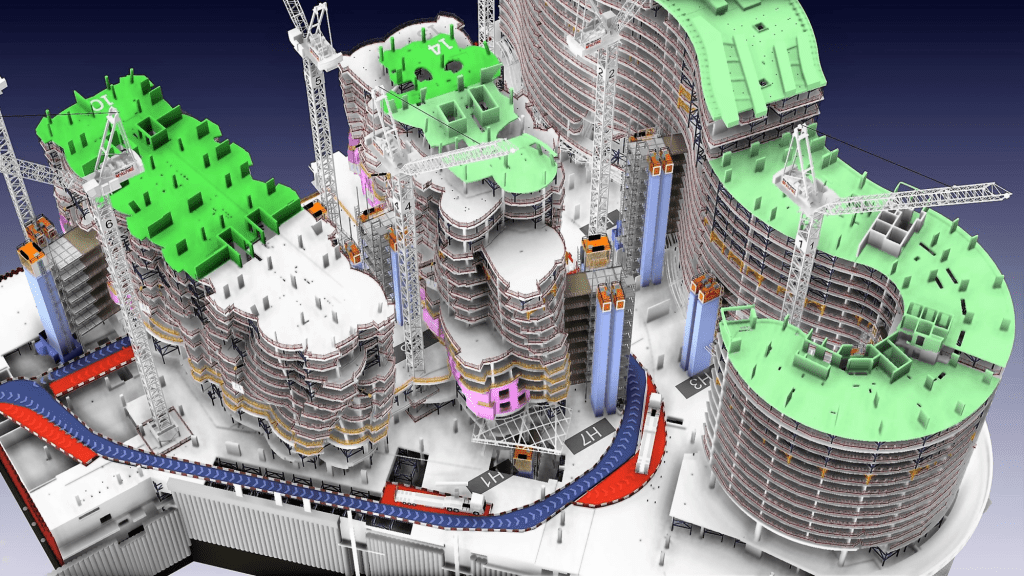
Advantages of 4D BIM Dimension
Optimization of construction scheduling and process planning.
Transparent communication between all the stakeholders- the architects, the contractors, the project managers, and the on-site teams.
Better preparedness in planning timelines and process pipelines.
It helps in setting realistic time expectations and keeping cost escalations at bay.
Aids in avoiding delays and delivering projects within the stipulated time.
Enabling enhanced safety and efficiency resulted from accurate documentation of the entire scheme.
5D BIM
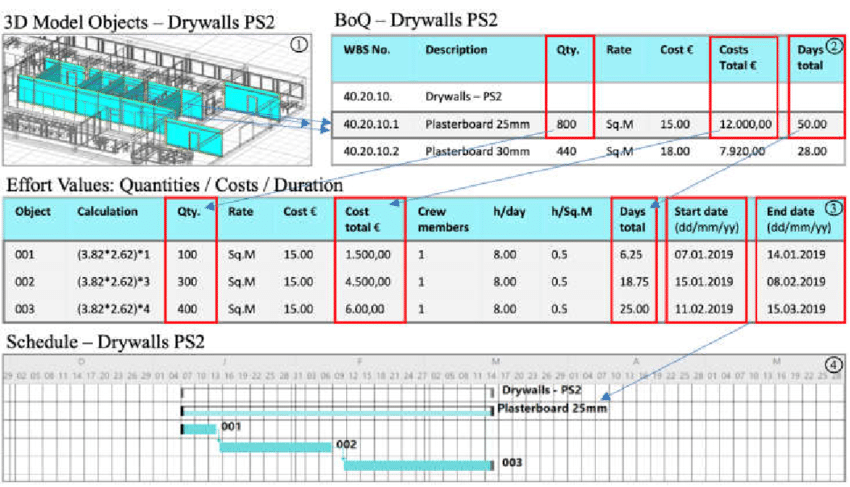
5D BIM aids in aligning budget and estimation right from the project’s concept stage. Indeed cost is one of the most important elements when it comes to construction. Moreover, at times last-minute changes at the site, improper sourcing of materials, and gaps in estimation can lead to major pitfalls in the process. Thus, entering data in the BIM in the 5D BIM enables project promoters and builders to analyze the costs beforehand. Thus, eliminating any cost-led delay or compromise in the project.
This can help in accurately predicting the budgetary requirements, thus leading to proper planning of the project scope, material, manpower, and equipment requirements. Hence, the 5D BIM dimension makes money management easy and brings transparency. This helps to optimize and plan the budgets, keeping every stakeholder aligned with the process.
Advantages of 5D BIM Dimension
Visualization costing with real-time data and notification on estimation shifts.
Automated estimation for components, systems, and equipment associated with a project
Optimized cost as well as budgetary analysis.
Efficient and error-less comparison of predicted and actual spending over the project life cycle.
Controlling budgetary offshoot through accessible real-time data for regular cost reporting and budgeting.
6D BIM
The 6D BIM dimension aids not only in analyzing the energy consumption of a building but also in coming out with energy estimates. This helps add sustainability performance information right from the initial stages of the design.
The 6D BIM level ensures a precise prediction of energy consumption data, giving an idea of the cost of an asset in a project cycle. This helps stakeholders analyze how the money should be spent on achieving sustainability and cost-efficiency. 6D BIM is also known as integrated BIM. This is because of the detailed information supporting facility management and operations.
This comprises data such as the component’s manufacturer, installation date, maintenance schedule, and configuration to instill better performance. Thus aligning the building performance in terms of energy requirement and decommissioning information.
Advantages of 6D BIM Dimension
Achieving optimum energy consumption in the building.
Helps in prompt and precise decision-making related to the installation of building components.
Provides a detailed report and impact of a decision.
This helps to make a better decision regarding the economic and operational aspects of the entire lifecycle of the building.
Aids in the enhanced operational management of the building.
Final Words
Building Information Modelling is been a revolution in the AEC industry, helping to create a transparent, real-time, and integrated platform for design. But, the different dimensions of BIM have aided in enhancing this system by providing access to critical data making the design process efficient and manageable. Thus, these dimensions of BIM add more depth to a building’s life cycle.




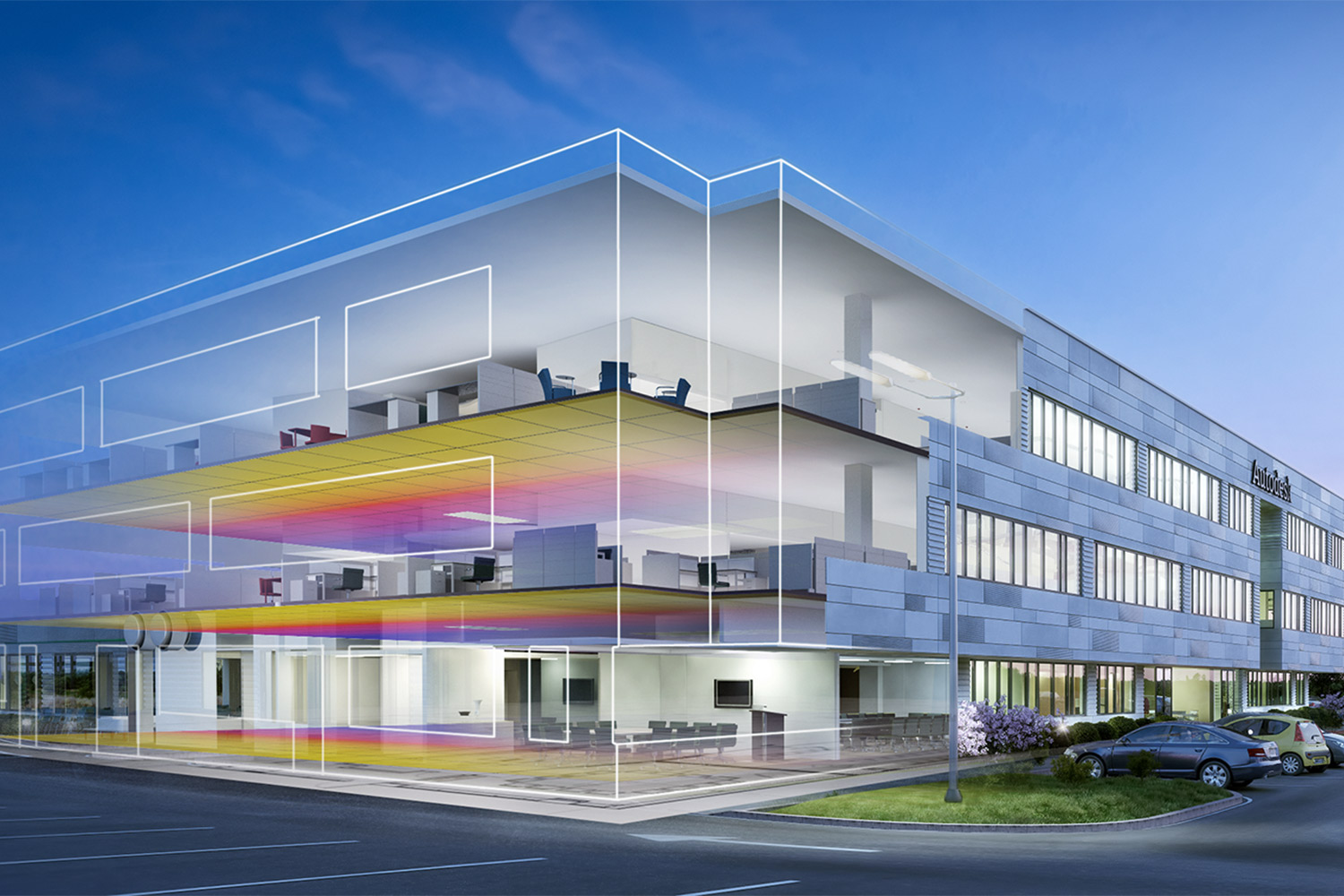

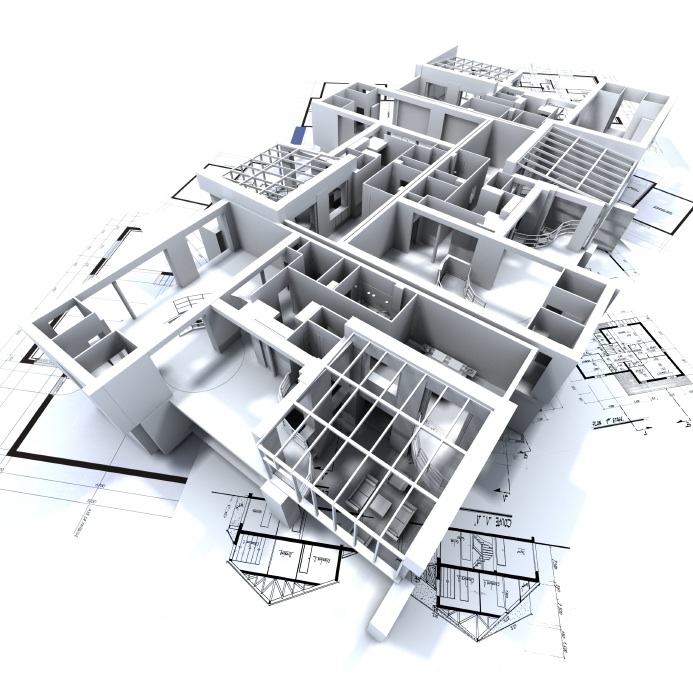
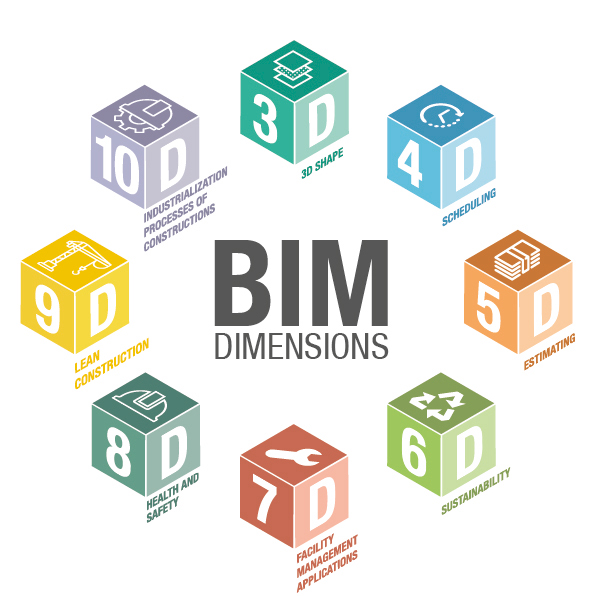
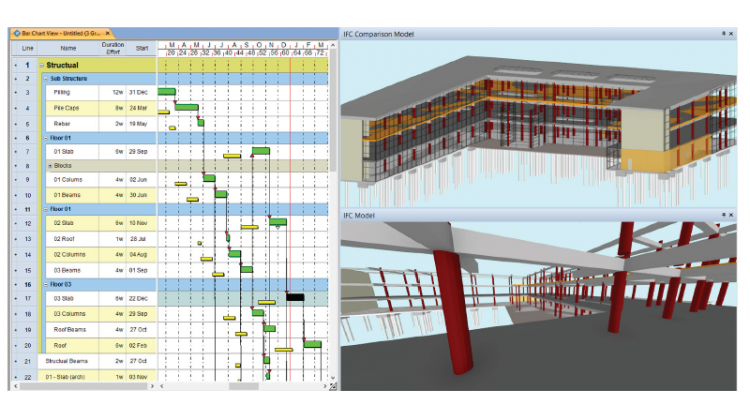
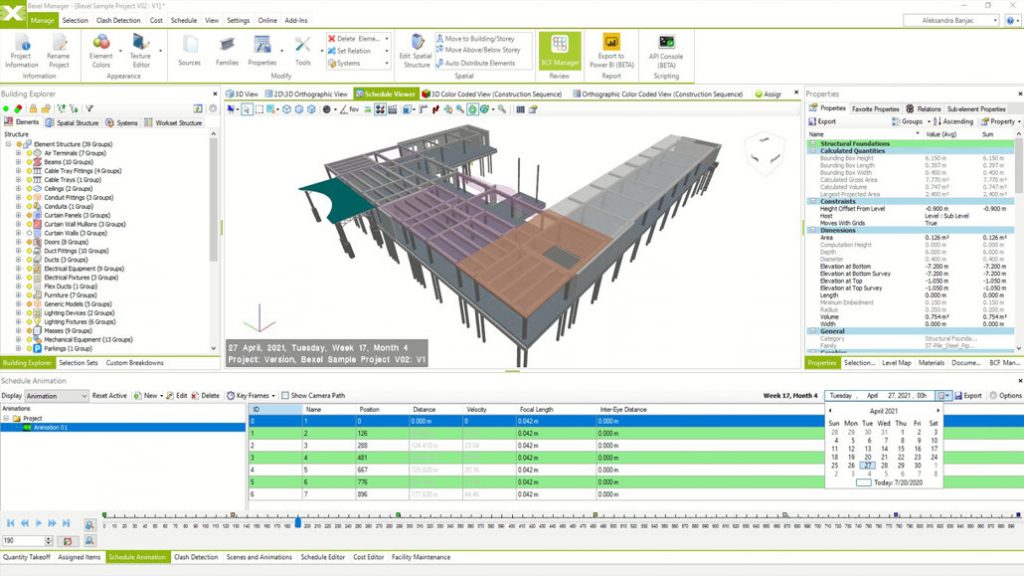
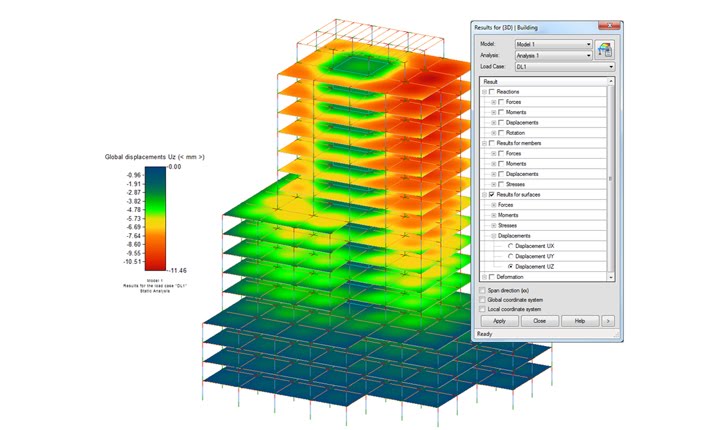
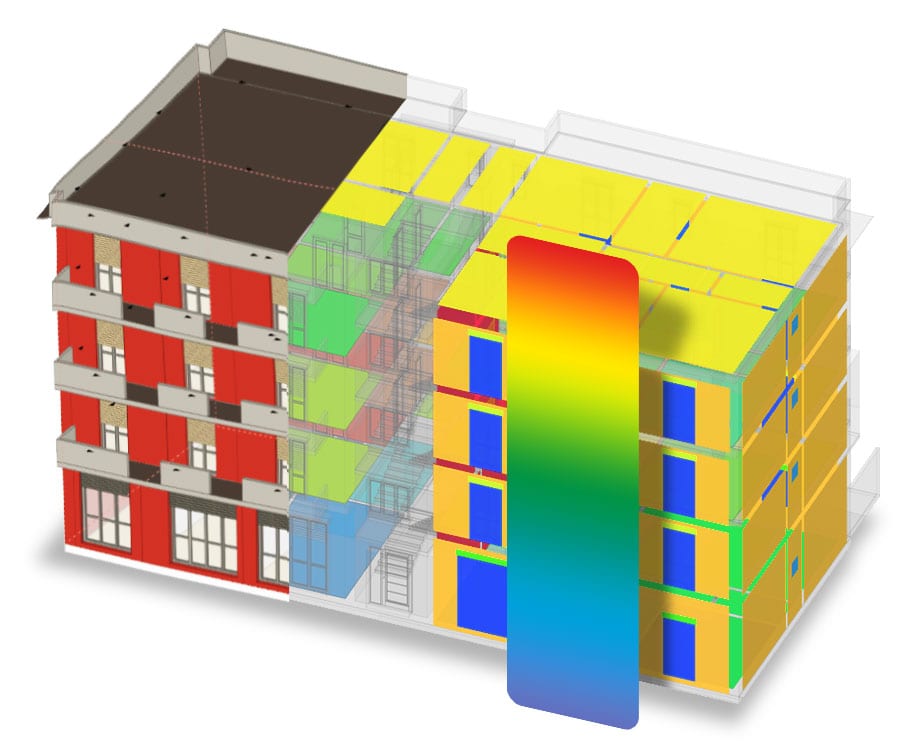
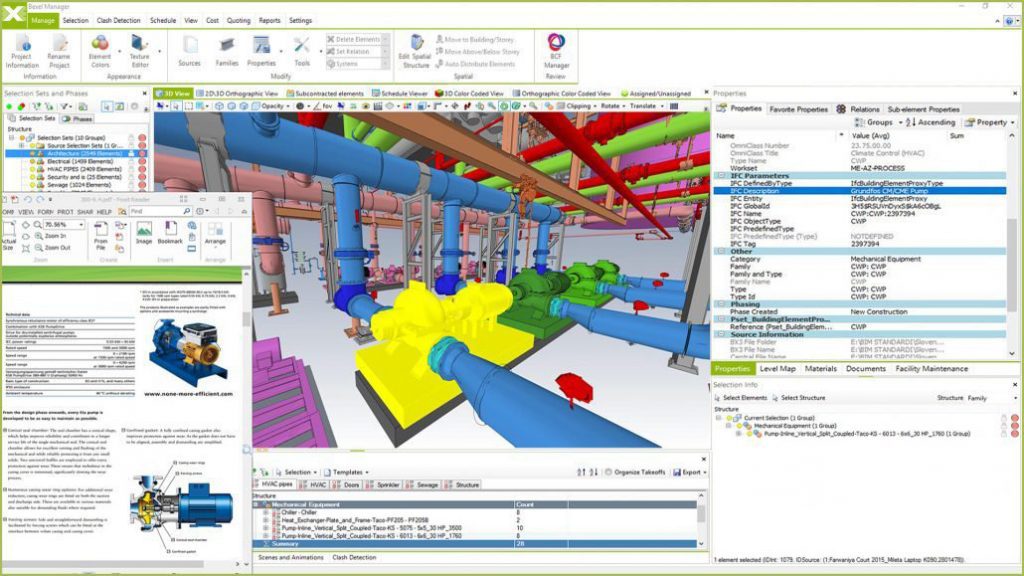














Leave a comment